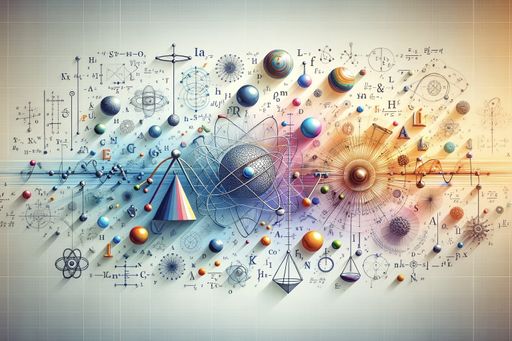"Dark energy" is ripping the universe apart, but we aren't exactly sure how
For the past quarter of a century, scientists have been puzzled by the composition of our universe. Atoms, molecules, gas, dark matter, dark energy…it’s a lot to comprehend, even for the brightest minds.

The enigma of dark energy
Scientists have been studying the composition of the universe for the past 25 years and have been puzzled by the presence of dark energy. This unknown form of energy is believed to be responsible for the universe’s accelerated expansion rate.
Dark energy was discovered in 1998 and has since become a topic of intense research. Scientists have evaluated its properties in detail and have found intriguing possibilities about its nature.
Albert Einstein initially theorized the concept of dark energy in his General Theory of Relativity. He abandoned the idea later, but in 1998, researchers discovered evidence of dark energy, prompting further investigations.
The Dark Energy Survey
The Dark Energy Survey (DES) is an international collaboration of over 400 experts in astrophysics, astronomy, and cosmology. Led by the U.S. Department of Energy’s Fermi National Accelerator Laboratory, DES has made significant strides in mapping the cosmos.
Using the Dark Energy Camera, which was developed by Fermilab, DES has successfully mapped nearly one-eighth of the night sky. The data collected over six years has contributed to a better understanding of the universe and its expansion.
DES's primary objective is to comprehend dark energy and measure the universe's expansion rate. By employing various techniques, including studying supernovae, DES scientists are getting closer to unraveling the mysteries of dark energy.
Measuring dark energy with supernovae
One of the challenging aspects of studying dark energy is measuring its properties. Scientists use a concept called "standard candles," which involves using Type Ia supernovae as cosmic distance markers.
Type Ia supernovae are exploding white dwarf stars that have reached a critical mass. By measuring their brightness and decay rate, scientists can calculate their distance from Earth and determine the universe's expansion rate.
The recent findings from the DES indicate that the value of 'w,' which represents the density of dark energy, is -0.80 +/- 0.18. This deviates from the predicted value of -1 and suggests that dark energy might be more complex than previously thought.



